Study Tour to Belfast
Posted: 23/10/2017
Upper Sixth Global Politics Study Tour to Belfast
The tour commenced bright and early with a trip to Derry/Londonderry. Once there we met up with a Loyalist ex-political prisoner now engaged in community work in the city who walked with us around the 17th century town walls of Derry. From a vantage point next to the first ever Protestant Cathedral built in Europe we looked out over a small working-class district of 300 inhabitants chequered with the flags of St George. This was the Fountain Estate, a tiny Protestant enclave, all that was now left in the main part of the city, of a community that once numbered 17,000 only 45 years ago, but had subsequently felt driven to leave the centre of Derry for the relative safety of the east side of the river. As we walked further and saw the 10 metre high fencing that in the eyes of the Protestant minority was their only protection from the Catholic minority, it became clear that the idea of peace in Northern Ireland was very much a definition open to interpretation. The concept of a siege mentality, traced back to the days when Londonderry held out against Jacobite forces began to become clearer.
Further on and the group had their first view of the Bogside Estate, a vast Catholic housing site, bedecked with all kinds of flags, the Irish Tricolor alongside the EU flag, and more poignantly the Palestinian and Catalonian flags. From a distance the murals could be identified. However, it was only on descending to the Bogside itself that the sense of identity became so much more real. `You Are Now Entering Free Derry` spoke the sign, a reference to the times during the troubles when the area was a `no-go` area for all but those who the IRA deemed could enter. Closer inspection saw wall paintings of Bobby Sands the martyred hunger striker, next to Nelson Mandela. The symbolism of the struggle was everywhere, and amidst it all was the lesson that each community had its own version of the past. Most pertinent for some of us was the gable end mural laying claim to the legacy of Ernesto Che Guevara Lynch as some would have us believe, his Irish origins traced back through his mother`s side
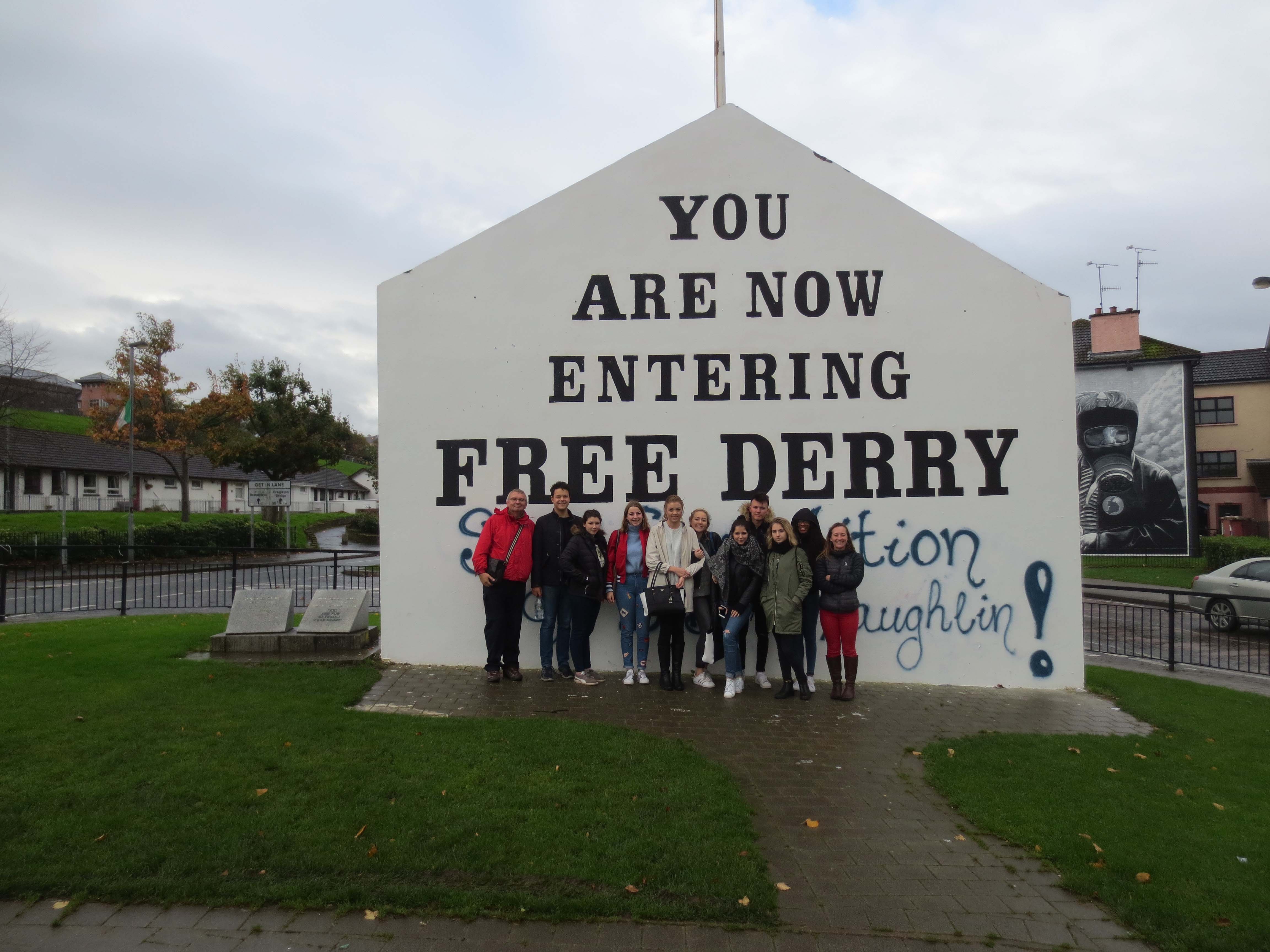
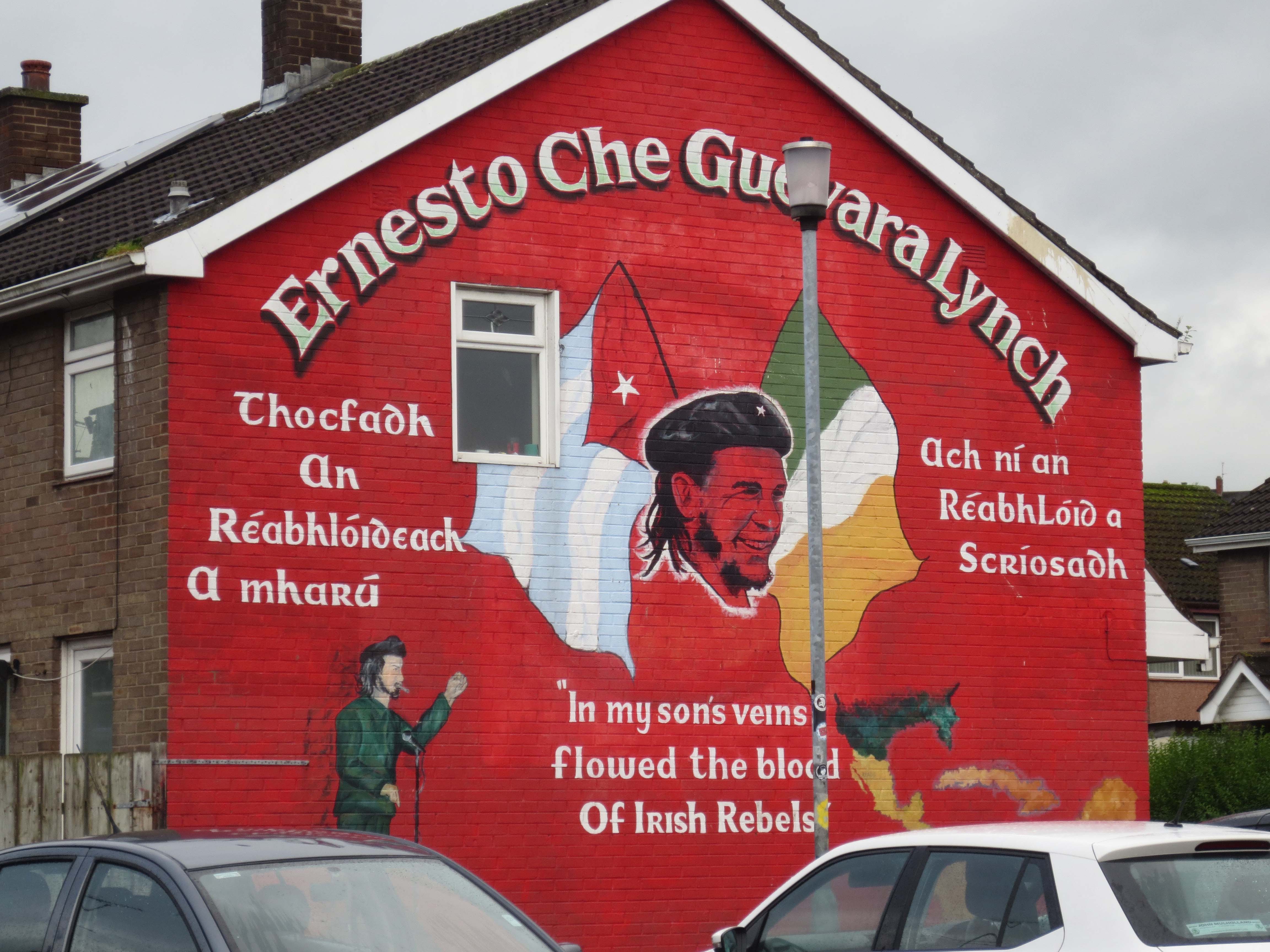
The group then proceeded to the Museum of Free Derry, a recent addition to the city and another opportunity for a particular version of history to be presented. Our visit began with a brief introduction to the events of Bloody Sunday in 1972. The events of the day were relayed, rubber bullets handed around, nail bombs that had been planted on victims by the British Army were circulated. The account was told by the grandson of Paddy Doherty who had died on that day and his emotional account had a moving effect on us all. A young man who had never even met his grandfather, driven by a sense of injustice. Subsequent inquiries had exonerated the victims but he wanted justice and the conviction of `Soldier F`. His name was known, and David Cameron`s apology for the actions of British soldiers would never be enough. The group were visibly moved by his testimony and the awareness that these events had happened in the United Kingdom, not some far flung corner of a foreign field. But how far could the pursuit of justice actually help heal the wounds of the conflict? These questions were discussed as the students observed the contextual account of the events of Bloody Sunday in the museum exhibition.
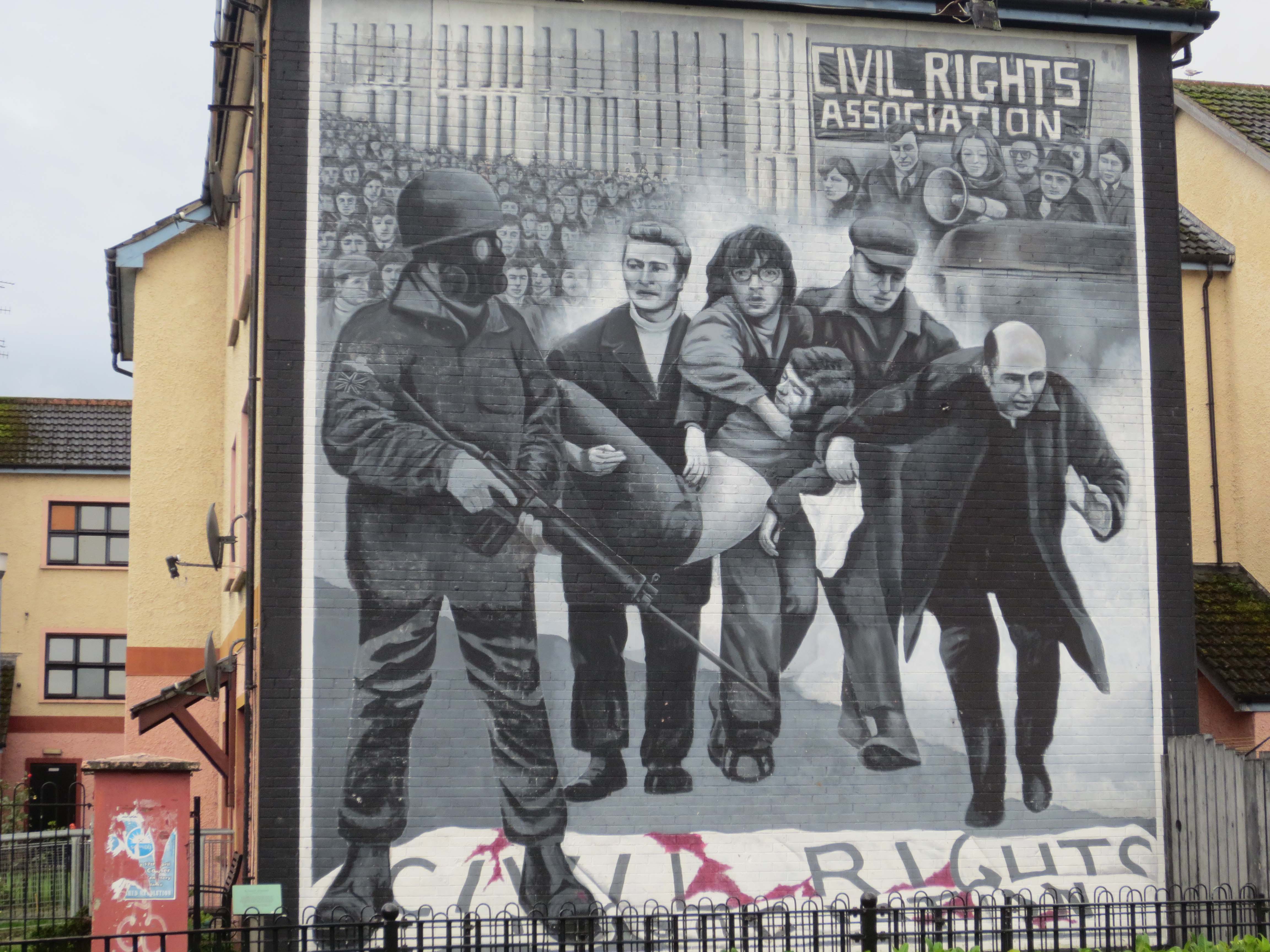
The afternoon saw us meet up with two protagonists in the conflict who were both now working towards reconciliation. The first was a Protestant academic and outreach worker who explained to us the important role being played by marching bands as a network for community leadership in the area. This insight into the micro level was hugely significant. Poor working-class communities had been let down by their political leaders and young boys especially needed to be led away from the attraction of violence and paramilitary activity that still overshadowed the city. We then spent an hour in the presence of Raymond McCartney, ex-Hunger striker and political prisoner, now a leading member of Sinn Fein and the Stormont Assembly. He invited questions and responded on all aspects of the situation, notably the likely impact of Brexit and the earlier mentioned issues of truth and justice. The students` questions were insightful and hugely articulate making a tremendous impression both on the speaker and our guide, Paul. At the end of the session we were left with the distinct sense that events and circumstances were shifting the balance in favour of a united Ireland. Maybe not anytime soon but inexorably, bit by bit.
Day two and after a brisk walk into Belfast the group met with their guide, Paul. The morning tour was focused on Belfast City Centre between 1971-1975. Paul stood us in various doorways and explained events, a bombing in this nightclub, a shooting on that spot, three British soldiers lured to their death in this bar, innocent civilians killed when a IRA bomb went off before the police could evacuate the building where now Liverpool FC have their merchandising outlet. The catalogue went on. How the city centre was only accessible through airport style security by 1972, how 496 died in one year, 64 bombs in Belfast in the month Of October 1972 alone, 18 car bombs in one summer afternoon spreading panic throughout the city…And yet, where were the memorials? Events were seemingly forgotten. Signs to the Titanic exhibition and the newly built shopping centre, but no reference to The Troubles. The issue of how we remember, and the place for memorialisation was discussed and we were all left to make up our own mind as to whether Belfast City Council were right to try to forget the city`s past and move on in this era of peace, or whether this was an airbrushing of history to keep investors and locals happy.
The final trip was along the infamous Falls and Shankill Road to once again see how two communities had two completely different versions of the same events. More murals were studied, peace gardens visited, plaques witnessed. Victims had been `slaughtered`, `murdered`, and `gunned down`. On the Falls Road the IRA had fought against the occupying British State in the name of freedom and justice, unless you were on the Shankill where their actions were unequivocally compared to the recent ISIS bombings in London and Paris. Solidarity was everywhere, but nowhere. All made even more disturbing by the `Peace Walls` 30 metres high, segregating communities, and the gates in the `Dead Zone` that shut at 6.30 pm so that none from either community could enter the other.
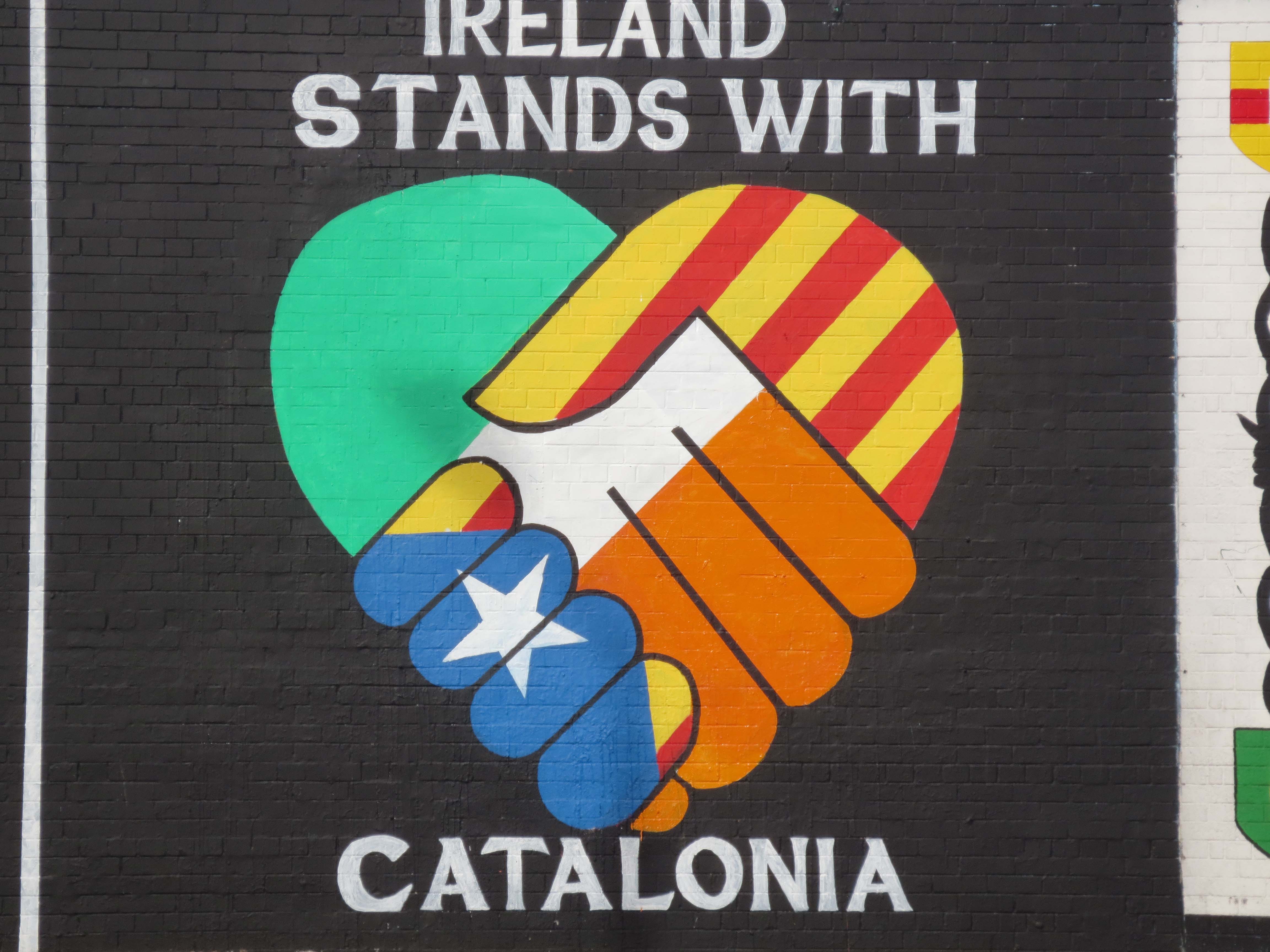
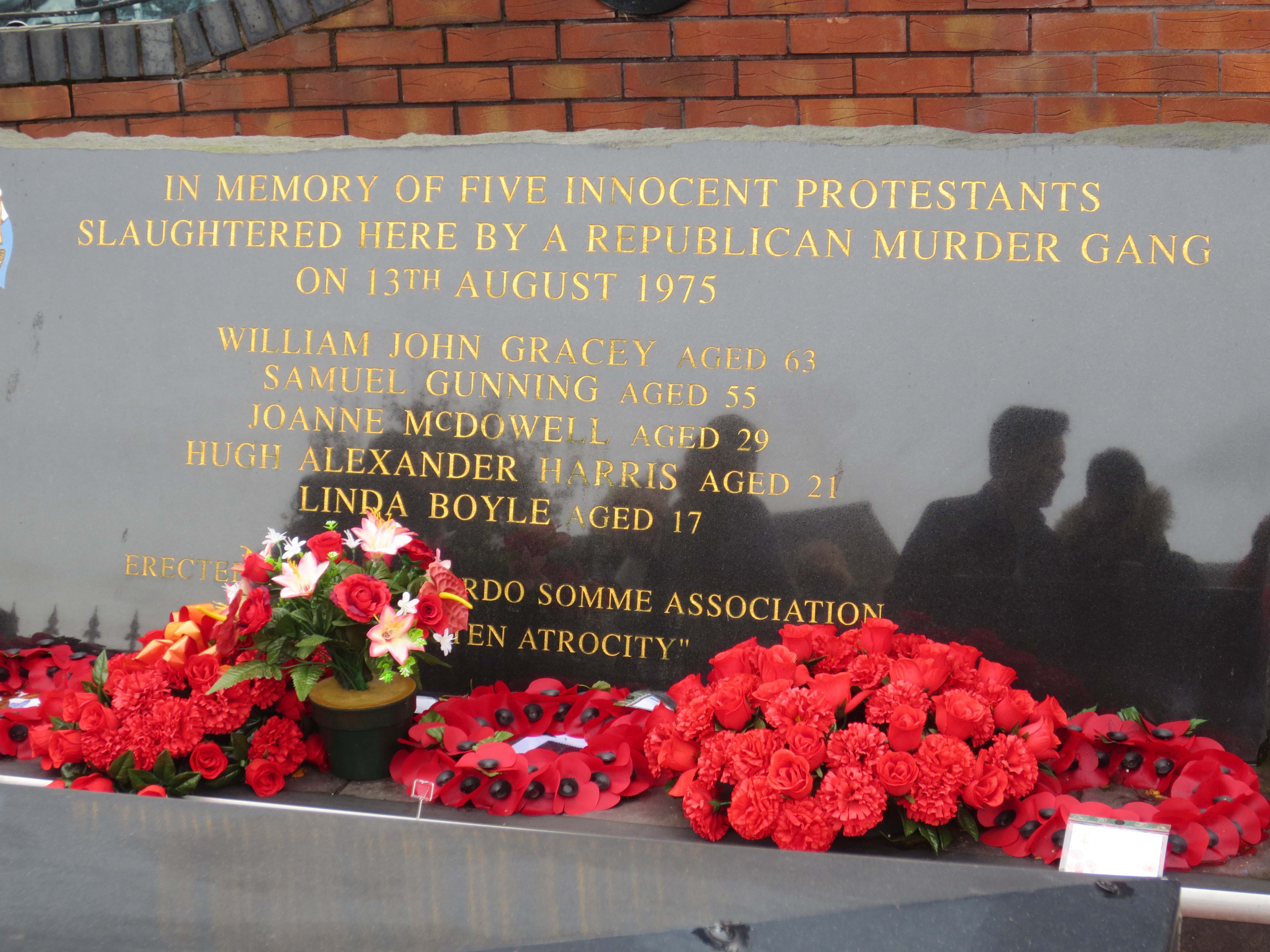
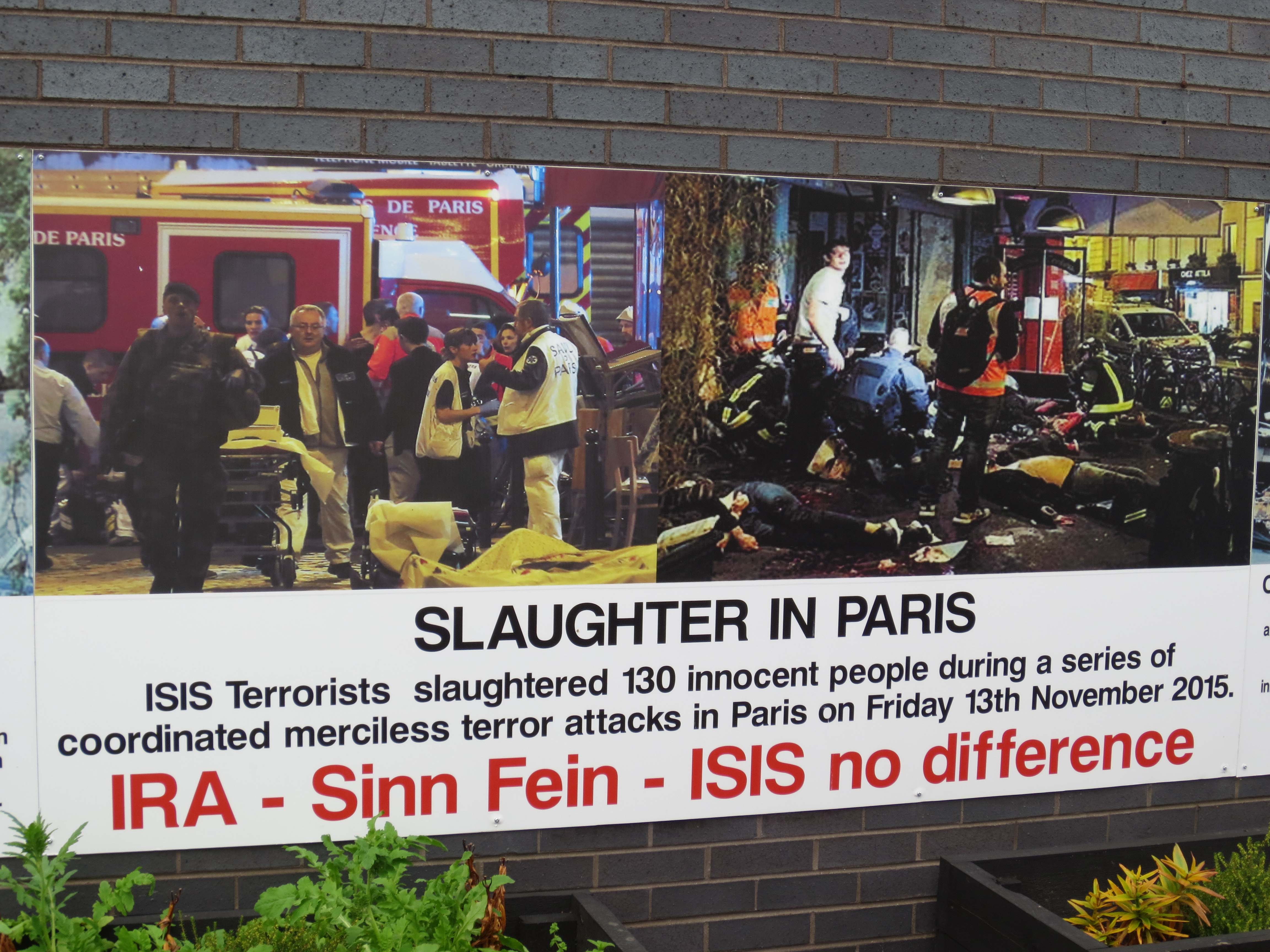
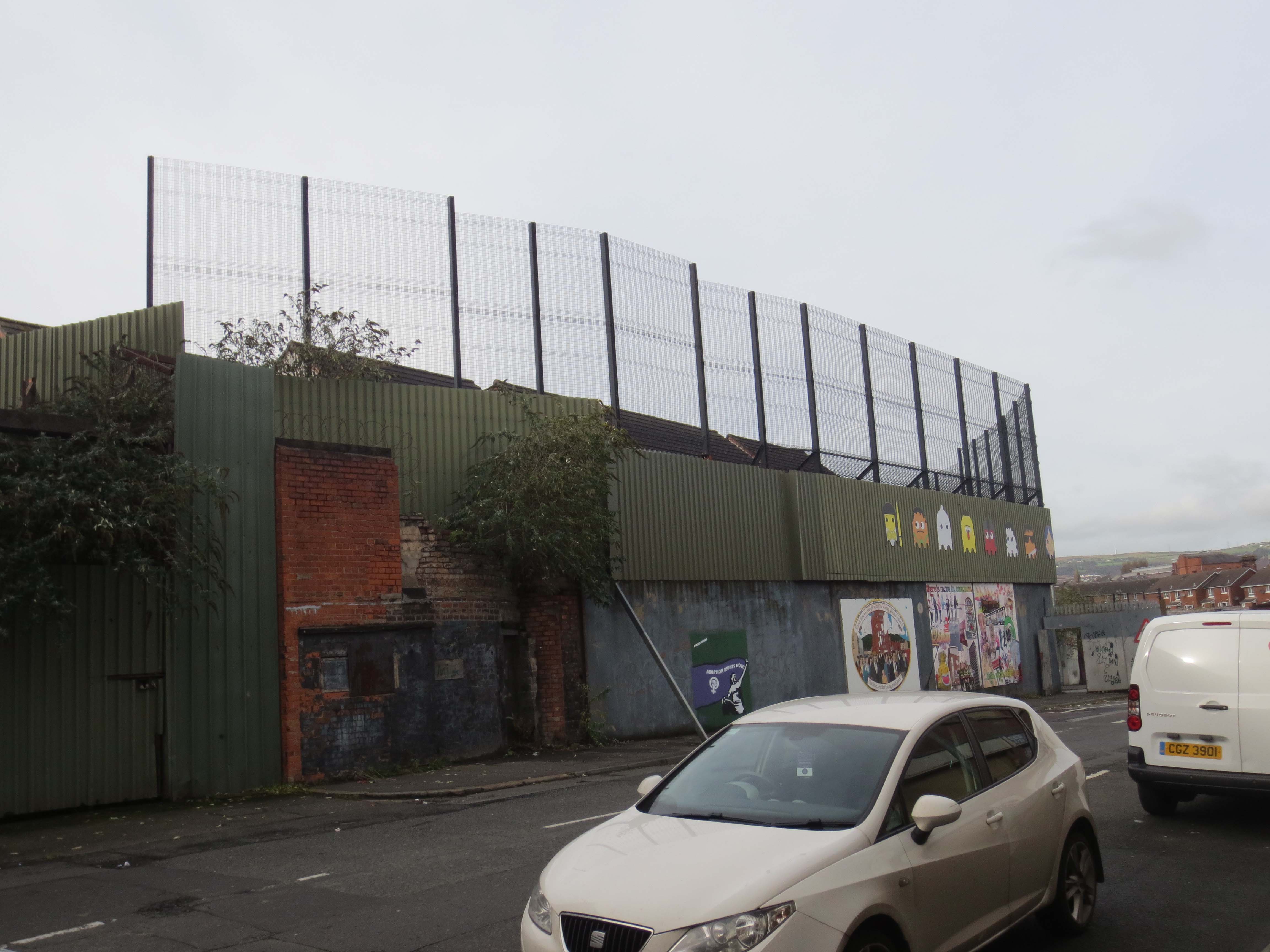
At the end the group returned home profoundly moved by the emotional roller coaster they had been on. Clearly the province had made some sort of peace since the Terror of the 1970s and 80s, but the reach of history and collective memory seemed to stand as a barrier to further progress. Little by little was the mantra, a band march going off without incident, July 30th bonfires now being sited away from residential Catholic areas, maybe opening those gates until 7.30pm and then maybe 8.00pm…Peace in Northern Ireland.
Thanks to Mr Delahunty for this interesting report on the group’s visit.